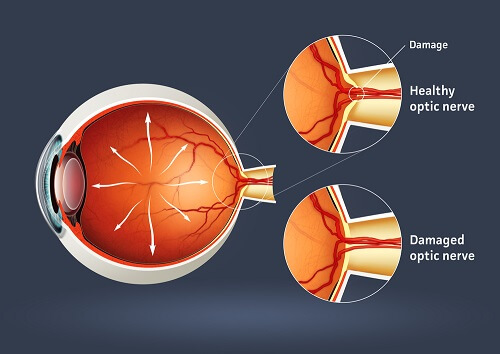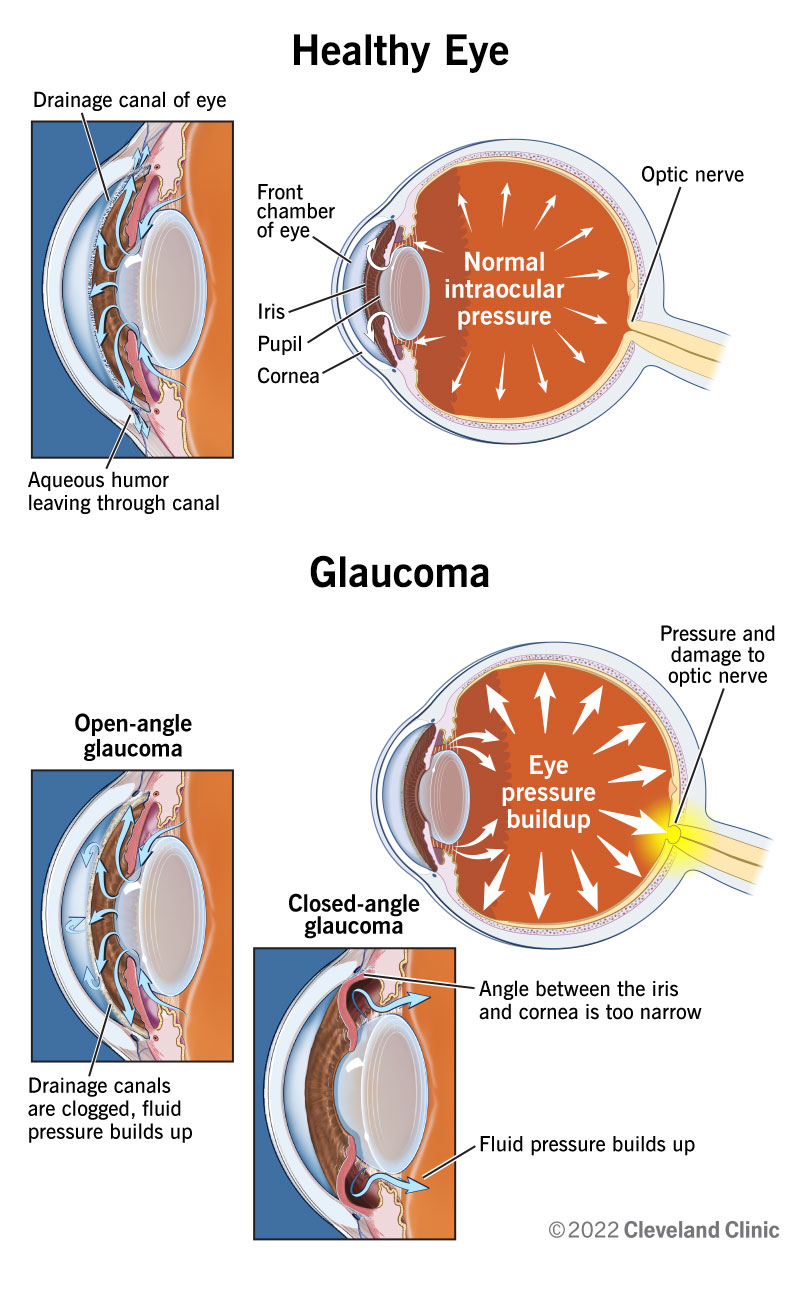Comprehensive Retina Service Near Me: Specialist Look After Your Vision
Comprehensive Retina Service Near Me: Specialist Look After Your Vision
Blog Article
Recognizing the Various Vision Adjustment Procedures Available for Clearer Sight
In the world of vision improvement treatments, a wide variety of options exist to address refractive errors and offer people with clearer view. From the commonly recognized LASIK surgical procedure to less intrusive treatments like PRK and implantable lenses, the area of ophthalmology supplies a range of strategies tailored to match different demands and choices. Each procedure includes its very own set of factors to consider, benefits, and prospective dangers. Recognizing the nuances of these vision modification techniques is essential for making informed decisions concerning one's visual health. Let's discover the intricacies of these procedures and clarified the course to accomplishing boosted vision clarity.
LASIK Surgical Treatment
LASIK surgical procedure is a typical refractive procedure used to correct vision troubles such as astigmatism, farsightedness, and nearsightedness - retina service near me. This medical strategy, which means Laser-Assisted in Situ Keratomileusis, intends to reshape the cornea to boost exactly how light is focused on the retina, inevitably improving vision clearness. During the treatment, a thin flap is developed on the cornea, and a laser is utilized to get rid of exact amounts of cells to improve it properly. This improving enables light to be accurately concentrated onto the retina, correcting refractive mistakes.
One of the key benefits of LASIK surgical treatment is the fast enhancement in vision experienced by clients. Overall, LASIK surgical procedure is a prominent selection for people seeking a long-lasting option for their vision problems.
PRK Procedure
While also an usual refractive procedure, the PRK (Photorefractive Keratectomy) strategy varies from LASIK surgical procedure in its technique to correcting vision troubles. In PRK, rather than creating a flap on the cornea, the outer layer of the cornea, called the epithelium, is entirely removed. This permits the laser to reshape the cornea to remedy refractive mistakes such as astigmatism, nearsightedness, and farsightedness straight on the surface.

Despite the longer healing time, PRK can produce exceptional outcomes in vision renovation, making it a useful alternative for those who may not be suitable prospects for LASIK surgical treatment.
Implantable Lenses
As opposed to PRK where the cornea is reshaped straight, implantable lenses supply one more method for correcting vision by putting synthetic lenses inside the eye. This procedure is particularly useful for people with high levels of nearsightedness, astigmatism, or farsightedness that might my sources not appropriate prospects for laser surgical treatments like LASIK or PRK.
Implantable lenses, likewise called phakic intraocular lenses, job by supplementing the eye's natural lens with a synthetic one. eyecare near me. These lenses can be positioned before the natural lens (anterior chamber) or behind the iris and before the natural lens (posterior chamber) By readjusting the power and positioning of these lenses, eye doctors can efficiently correct refractive mistakes and boost aesthetic acuity
One benefit of implantable lenses is that they are detachable and exchangeable, giving adaptability for future modifications. As with any medical procedure, there are risks entailed, such as infection or cataract formation. People taking into consideration implantable lenses must consult with an eye care expert to identify one of the most appropriate option based upon their private needs and eye health and wellness.
Corneal Rings
Corneal rings, likewise referred to as intracorneal ring sections, are small, clear tools inserted right into the cornea to correct vision distortions such as keratoconus. Keratoconus is a condition where the cornea thins and bulges external, causing vision to come to be distorted. The insertion of corneal rings assists to squash the cornea, improving visual skill and decreasing the uneven astigmatism brought on by Resources keratoconus.
The procedure for placing corneal rings is minimally intrusive and relatively quick, typically executed as an outpatient procedure. During the surgical procedure, the ophthalmologist makes a little laceration in the cornea and inserts the rings at a particular deepness. As soon as in position, the rings assist to improve the cornea, providing a smoother surface for light to go into the eye, which can cause clearer vision.
Corneal rings are thought about a relatively easy to fix procedure, as they can be eliminated or changed if essential. refractive surgeries in al. While they may not totally get rid of the demand for glasses or contact lenses, corneal rings can considerably enhance vision high quality and total aesthetic convenience for people with keratoconus or various other corneal irregularities
Refractive Lens Exchange
Adhering to the correction of corneal irregularities with procedures like corneal rings, one more vision adjustment method that can deal with refractive mistakes is Refractive Lens Exchange (RLE) RLE is a surgery that involves changing the eye's natural lens with a synthetic intraocular lens (IOL) to remedy refractive mistakes such as presbyopia, farsightedness, and nearsightedness. This treatment is specifically helpful for people who might not appropriate candidates for procedures like LASIK or PRK as a result of variables such as slim corneas or high refractive errors.

Verdict
In verdict, there are numerous vision modification treatments offered to assist individuals accomplish clearer sight. LASIK surgery, PRK procedure, implantable lenses, corneal rings, and refractive lens exchange are all options that can resolve various vision problems.
In the realm of vision adjustment treatments, a wide range of choices exist to deal with refractive errors and offer individuals with more clear view.LASIK surgical treatment is a common refractive procedure used to deal with vision troubles such as astigmatism, farsightedness, and nearsightedness.While additionally a typical refractive procedure, the PRK (Photorefractive Keratectomy) strategy differs from LASIK surgery in its approach to correcting vision problems.Following the correction of corneal irregularities with treatments like corneal rings, one more vision adjustment strategy that can address refractive errors is Refractive Lens Exchange (RLE) LASIK surgical procedure, PRK procedure, implantable lenses, corneal rings, and refractive lens exchange are all options that can resolve various vision concerns.
Report this page